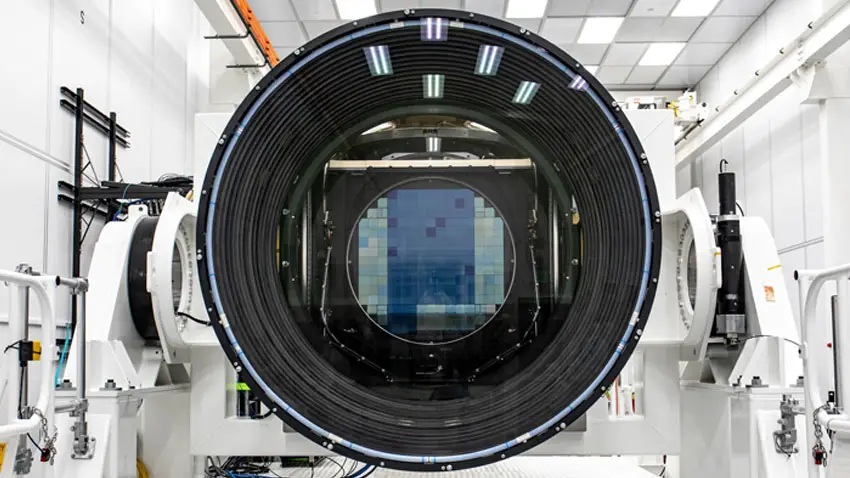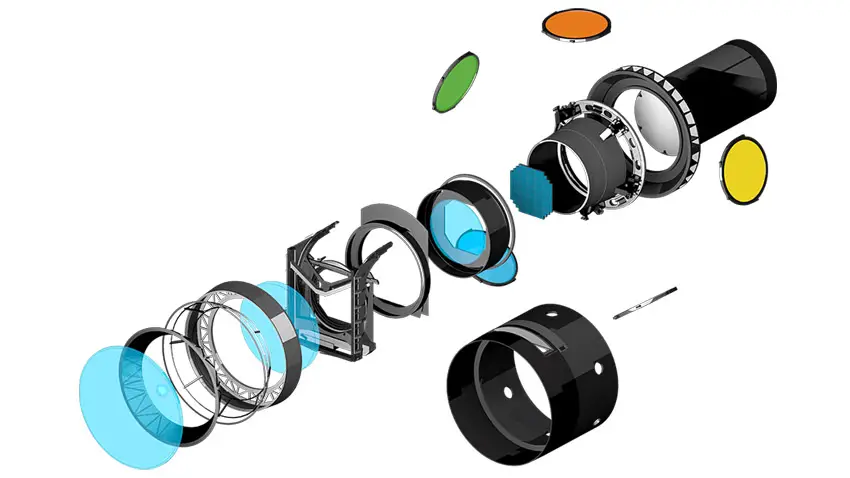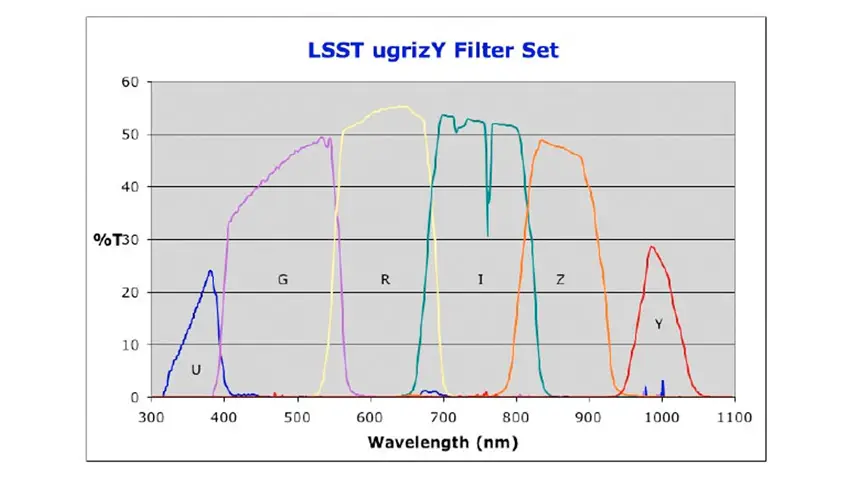The world’s largest still image camera, known as the Large Synoptic Survey Telescope Camera (LSST) is nearing completion with an image sensor capable of capturing a 3200-megapixel image. The LSST is about the size of a compact automobile and will be liquid cooled to -100 degrees Celcius in order to reduce noise.
The camera’s massive lens is 1.57 meters (five feet) in diameter, offers a 3.5-degree field of view through its 64 VM wide focal plan, and will be able to image an area more than forty times the size of the moon with each exposure. The lens array will divert the light it captures and reflect it through a series of larger mirrors in the telescope, one of which is twenty-seven feet wide.

Image Credit – Vera C. Rubin Observatory
Those mirrors will then cast the image through a large aperture wide field optical iris onto 189 4K CCD sensors that will be arranged on twenty-one three-foot square rafts.
These raft arrays will work in concert to produce the master 3.2-gigapixel image that is capable of capturing 15 terabytes of data per night as the camera captures stars and galaxies over the next ten years. The data will be which will be gleaned from both the near ultraviolet and near-infrared spectrums.

Image Credit – Vera C. Rubin Observatory
The camera is currently awaiting the installation of six filters that are specifically coated in order to filter out all but specific wavelengths of ultraviolet and infrared light.
Once delivered to the construction facility from Massachusetts and Provence, France, these optical filters will be fitted into a dual rail auto changer that can be rotated within a few minutes to adjust for a specific wavelength.

Image Credit – Vera C. Rubin Observatory
The optimized wavelength range for the LSST Camera is 320–1050 nm (near-ultraviolet to near-infrared). This range is divided into six spectral bands, which are labeled “u-g-r-i-z-y,” each associated with one of the filters. For example, an infrared, or “i” filter might be used to observe sources obscured by dust, since infrared wavelengths can pass through the dust.
The LSST is being developed by the SLAC National Accelerator Laboratory and is designed to capture images of the night sky.
Currently undergoing construction just outside of San Francisco, the camera will be flown by cargo plane to South America, where it will be placed atop the Vera C. Rubin Observatory Simonyi Survey Telescope in Chile.
There, it will be tasked over the next ten years to search the cosmos for indications of dark matter, the composition of the universe, and other celestial phenomena that are seeded throughout the universe.
The camera is expected to come online by May of 2023, then the camera will begin rigorous testing in order to verify its ability to capture images in the desired light spectrum.
The first Astronomical images are expected in 2024. Interested parties can follow the camera’s progress at the LSST website, or through the Rubin Observatory page on Facebook.
[source: Peta Pixel]
Disclaimer: As an Amazon Associate partner and participant in B&H and other affiliate programmes, we earn a small comission from each purchase made through the affiliate links listed above at no additional cost to you.




